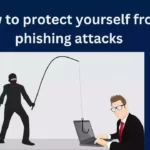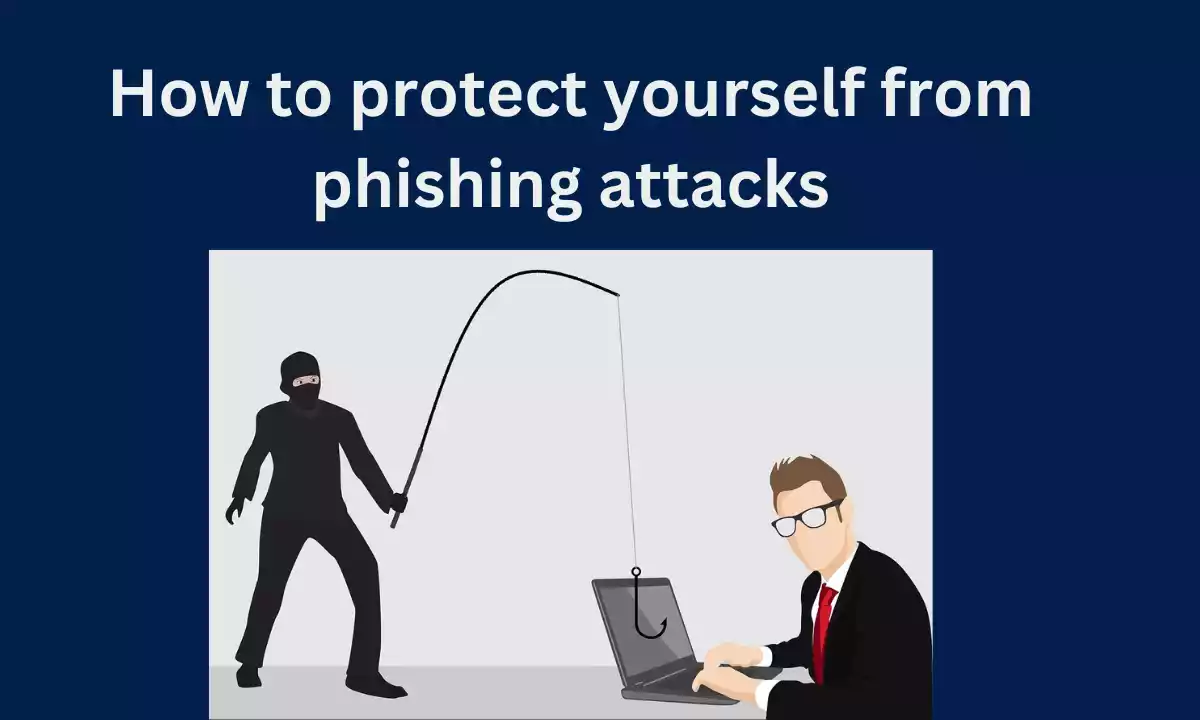A phishing attack is a type of cyber attack in which attackers impersonate a trustworthy entity or source to deceive individuals into revealing sensitive or personal information, such as login credentials, credit card numbers, or other confidential data. Phishing attacks are typically carried out through fraudulent emails, messages, or websites that appear to be legitimate but are, in fact,
malicious.
The primary goal of a phishing attack is to trick the recipient into taking some action, such as clicking on a link, downloading an attachment, or providing sensitive information. Once the victim falls for the deception, the attacker can exploit the stolen information for various malicious purposes, including identity theft, financial fraud, or gaining unauthorized access to accounts or systems.
Contents
Types of Phishing Attacks
Phishing Attacks come in various forms, including:
Email Phishing: Attackers send deceptive emails that appear to come from trusted organizations or individuals, often with urgent or enticing content to lure recipients into clicking on links or providing information.
Spear Phishing: This is a targeted form of phishing, where attackers focus on specific individuals or organizations. They customize their messages to make them more convincing and increase the likelihood of success.
Vishing: Short for “voice phishing,” this involves attackers making phone calls to deceive individuals into revealing personal information over the phone.
Smishing: Similar to email phishing, this method uses SMS or text messages to trick recipients into clicking on links or providing information.
Pharming: Attackers redirect website traffic from legitimate sites to fake ones, aiming to capture login credentials or other sensitive data.
Clone Phishing: In this type of attack, attackers create a replica of a legitimate email and send it as a follow-up to the original. The clone contains a malicious link or attachment.
Business Email Compromise (BEC): Attackers compromise email accounts, often within a company, and use them to trick employees into making fraudulent wire transfers or sharing sensitive corporate information.
Phishing attacks are a significant security concern, and individuals and organizations need to be vigilant in identifying and defending against them. This includes being cautious about unsolicited emails, verifying the authenticity of websites, not sharing sensitive information in response to unexpected requests, and using security tools like email filters and antivirus software to detect and
block phishing attempts. Security awareness and education are essential components of mitigating the risks associated with phishing attacks.
How to Defend from Phishing Attacks ?
There are several steps you may take to defend yourself from phishing attempts. In this essay, we’ll go over some of the most crucial pointers.
Tips for protecting yourself from phishing attacks
- Be suspicious of unsolicited emails and text messages. Legitimate companies will not send you unsolicited emails or text messages asking for personal information, such as your password, credit card number, or Social Security number. If you receive an unsolicited email or text message from a company you do business with, do not click on any links or open any attachments. Instead, go to the company’s website directly and contact them to verify whether the message is legitimate.
- Verify the sender’s email address and phone number. Phishing emails and text messages often come from fake email addresses and phone numbers that look similar to the real thing. Before clicking on any links or opening any attachments, hover your mouse over the sender’s email address or phone number to see the actual address or number. If it is different from the address or number you expect, do not click on anything.
- Look for signs of a phishing email. Phishing emails frequently contain grammatical and typographical errors. They might even use a generic greeting like “Dear Customer.” Legitimate communications from businesses with which you do business will normally address you by name.
- Never, ever click on a link in an email or text message. If you need to visit a website, type the address directly into your web browser. Do not click on links in emails or text messages, even if the email or text message appears to be from a legitimate source.
- Never open attachments in emails or text messages. Email and text message attachments can contain malware. If you need to open an attachment, make sure it is from a trusted source and that you are expecting it.
- Use a security software that includes anti-phishing protection. A good security software can help protect you from phishing attacks by blocking malicious websites and email attachments.
- Maintain the most recent version of your programme. Security patches are frequently included in software updates, which can help protect you from known vulnerabilities. Install all software updates as soon as they become available.
Steps to take if you think you’ve been phished
If you think you may have been phished, it is important to take action immediately. Here are some steps:
- Change the passwords on all of your online accounts. This includes your email account, bank accounts, credit card accounts, and social media accounts.
- Turn on two-factor authentication for all of your online accounts. By asking you to input a code from your phone in addition to your password when logging in, multi-factor authentication adds an extra degree of security to your accounts.
- Use a security software to scan your machine for infection.
- Report the phishing attack to the company that is being impersonated. You can usually report phishing attacks on the company’s website or by calling their customer service number.
Additional precautions to take against phishing attempts
- Learn more about phishing attacks. The more you understand about phishing attacks, the less likely it is that you will become a victim of one. There are numerous internet resources that can teach you about phishing attempts and how to detect them.
- Take care with the information you post online. Personal information, such as your Social Security number or credit card number, should not be shared on social media or other public websites.
- Take care when clicking on links. When visiting the web, exercise caution when clicking on links in emails, social media posts, and search results. If you are unsure whether a link is safe, avoid clicking on it.
- Be cautious when opening attachments. Open attachments from unknown senders in emails or text messages. Even if the attachment is from a known source, proceed with caution if you are not expecting it.
How do spear phishing attacks differ from standard phishing attacks?

The big difference is this: phishing is like a quick and easy trick that scammers use on lots of people, while spear phishing is like a carefully planned attack on just a few specific individuals. Spear phishing takes more effort, but when it works, the bad guys get a bigger reward. So, it’s really important to stop spear phishing. With phishing, there are many victims, but with spear phishing, there are only a few.
